
Shanghai Opera House Carmina Burana
Venue:
Shanghai Oriental Art Center - Oriental Concert Hall
425 Dingxiang Road Pudong Shanghai
Date:
5/31/2025
This ticket is only available as a paper ticket

Shanghai Opera House Carmina Burana
5/31/2025
Shanghai Oriental Art Center - Oriental Concert Hall
425 Dingxiang Road Pudong Shanghai
¥180 - ¥880
Paper ticket
Event details
👉 Pick Up Ticket at Door: Use 247tickets+name+phone to Get Your Ticket at Venue Before the Show
👉 Children under 1m are not allowed to enter
👉 Children over 1m will be admitted by full tickets
👉 No cancellation
👉 Children over 1m will be admitted by full tickets
👉 No cancellation
* A concert piece is approximately 70 minutes long with no intermission. In order to ensure the smooth running of the performance, audiences who are late or leave the venue during the performance will not be admitted, thank you for your understanding and co-operation.
Conductor | XU Zhong
Soprano | Ma Ying
Tenor | Zheng Yao
Baritone | Dou Qianming
Shanghai Opera House Orchestra
Shanghai Opera House Chorus
Program
Carl Orff CARMINA BURANA
*Program is subject to change
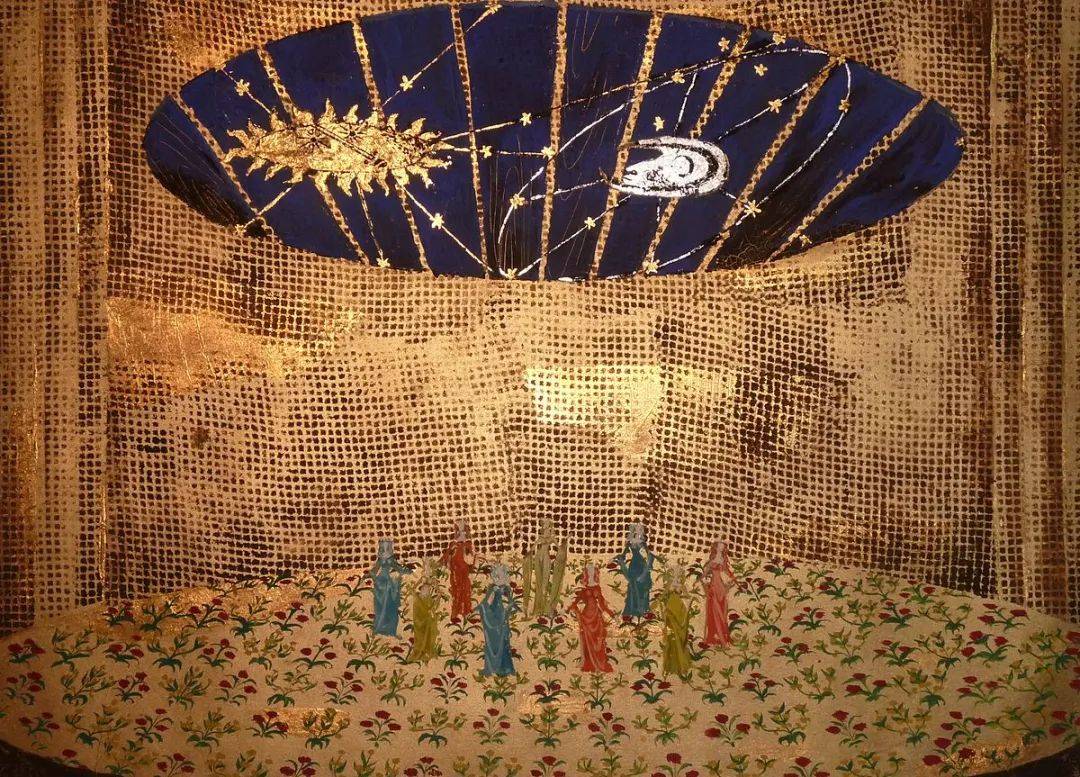
《Carmina Burana》
Carmina Burana, cantata for orchestra, chorus, and vocal soloists by the German composer Carl Orff that premiered in 1937 in Frankfurt am Main, Germany.
Orff drew his text from a 13th-century manuscript containing songs and plays written in Latin and medieval German, which was discovered in 1803 at the Bavarian monastery of Benediktbeuern. Dubbed the Carmina Burana (“Songs of Beuern”) by the German philologist Johann Andreas Schmeller, the texts present a varied view of medieval life, including religious verses, social satires, and bawdy drinking songs.
Although some of the verses were accompanied by archaic musical notation, confirming that they were indeed meant to be sung, that notation remained largely undeciphered, leaving Orff free to imagine his own musical settings. Orff selected 24 songs, which he arranged into a prologue, an epilogue, and three parts of roughly equal length. The first part, “Primo Vere” (“In Early Spring”), presents youthful, energetic dances; the second part, “In Taberna” (“In the Tavern”), evokes drunken feasting and debauchery; and courtship and romantic love are the subject of the third part, “Cour d’Amours” (“Court of Love”). Throughout, simple orchestration, melodies, and harmonies combine with heavy rhythmic percussion to give the music a primeval, visceral character.
The best-known song from Carmina Burana is “O Fortuna” (“Oh Fortune”), which serves as both prologue and epilogue. It frames the revelry of the three main movements with a stark warning about the power of luck and fate, offering the ancient image of a wheel of fortune that deals out triumph and disaster at random. The forceful first measures are among the grandest statements in all choral literature.
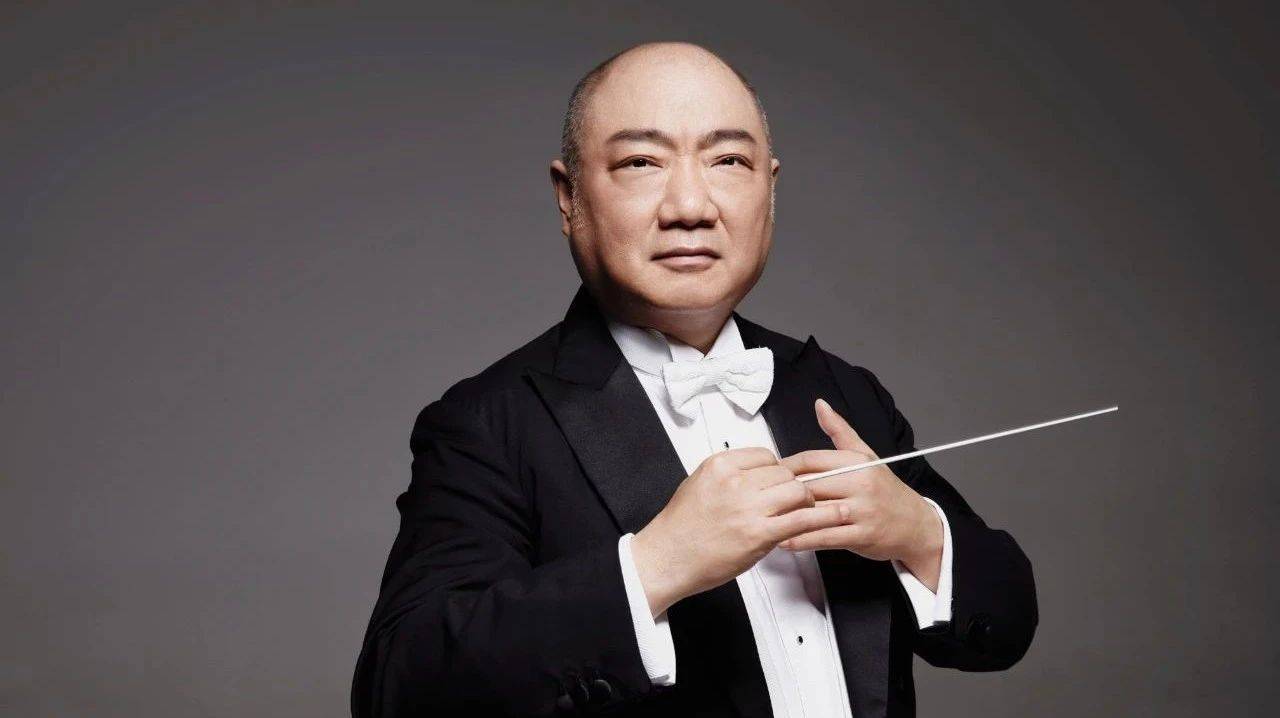
Xu Zhong | Conductor
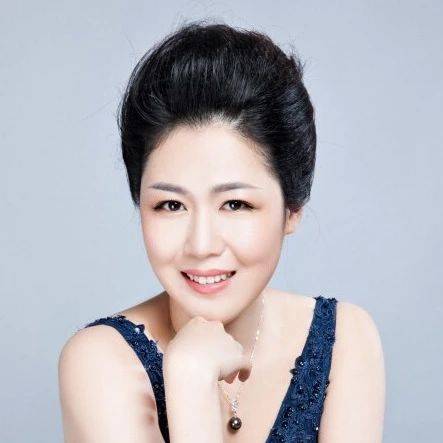
Ma Ying | Soprano

Zheng Yao | Tenor
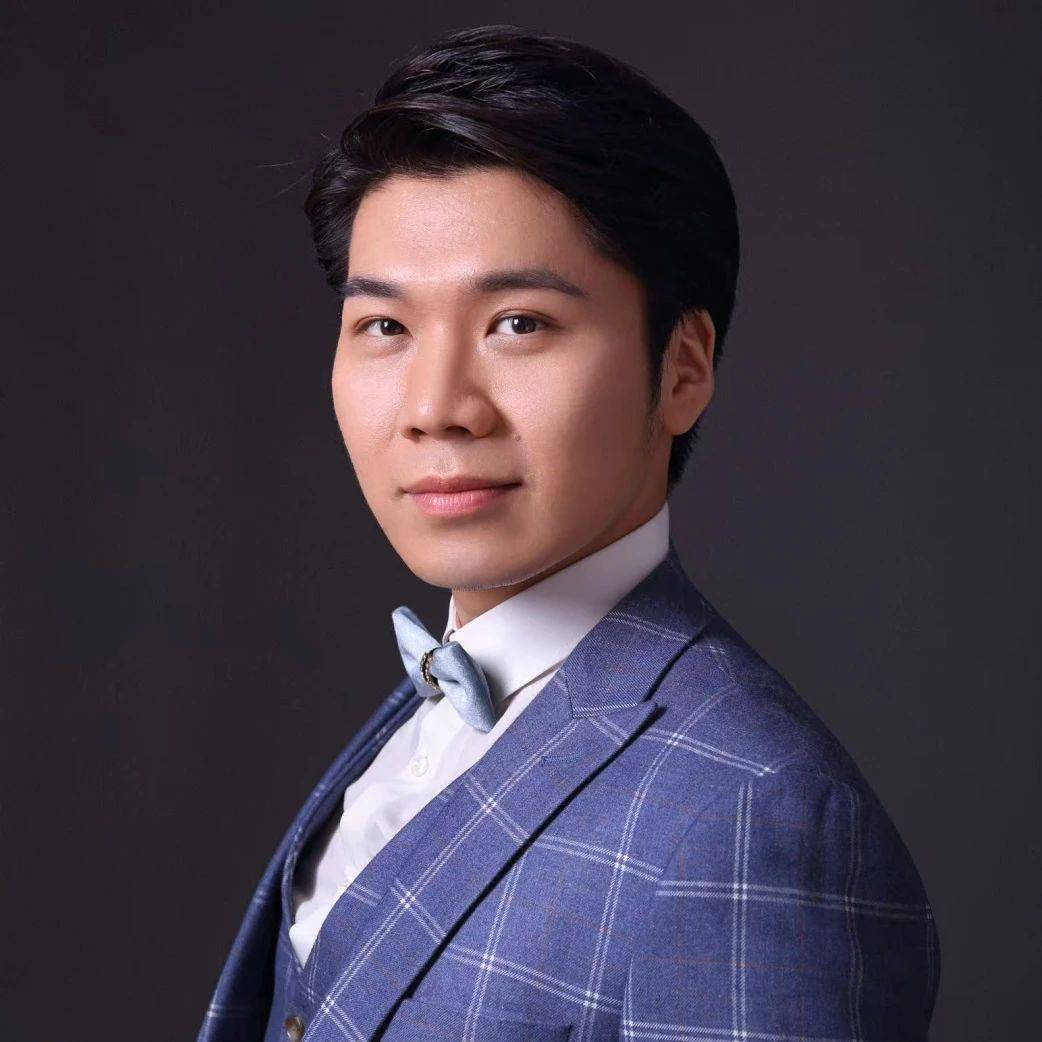
Dou Qianming | Baritone
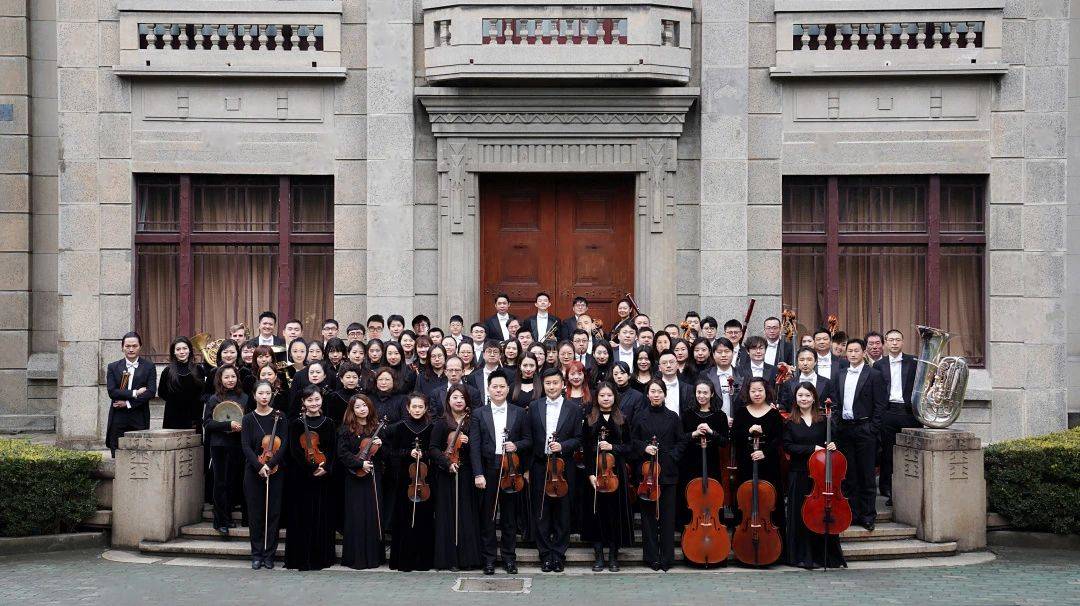
Shanghai Opera House Orchestra
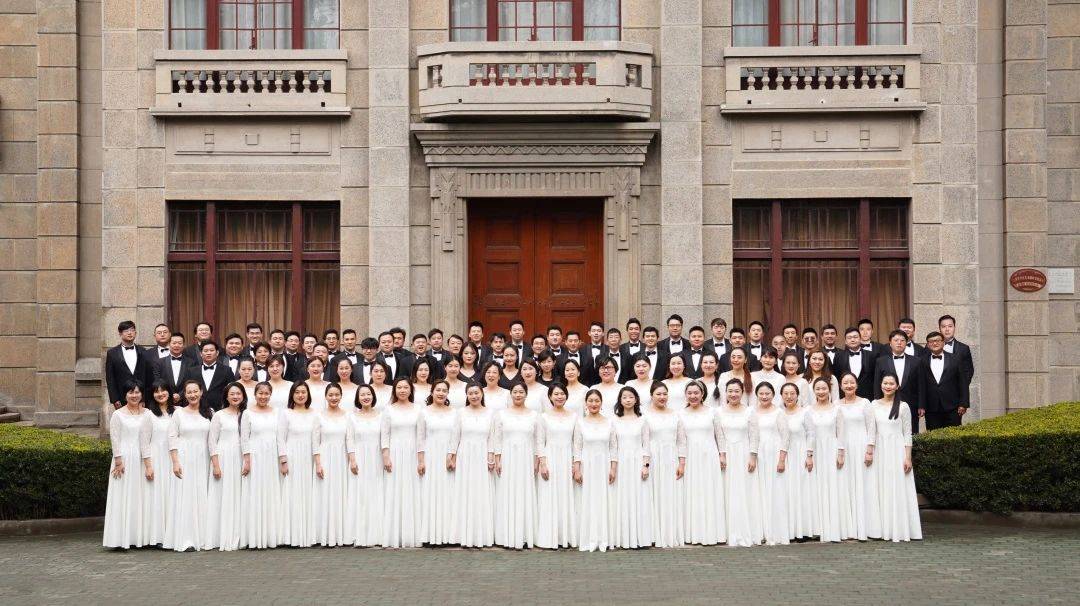
Shanghai Opera House Chorus
Notice
Date: Saturday, 31st May @ 19:30
Price: 180/280/380/580/880

Follow our WeChat for event news, deals, gossip and more!
Book Now
Shanghai Opera House Carmina Burana
Venue:
Shanghai Oriental Art Center - Oriental Concert Hall
425 Dingxiang Road Pudong Shanghai
Date:
5/31/2025
This ticket is only available as a paper ticket
© 247tickets 2020 沪ICP备19024898号-2

 Add us on WeChat to speak to our friendly customer service team! ID: love247tickets
Add us on WeChat to speak to our friendly customer service team! ID: love247tickets